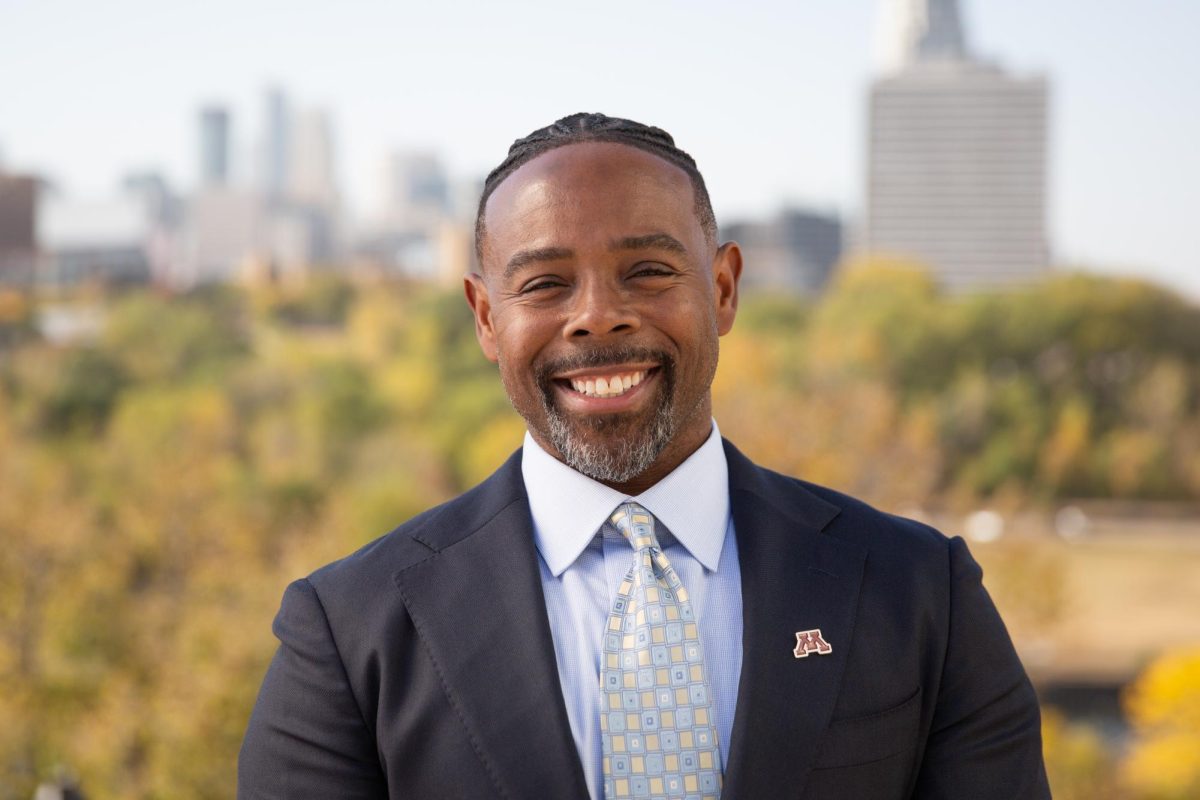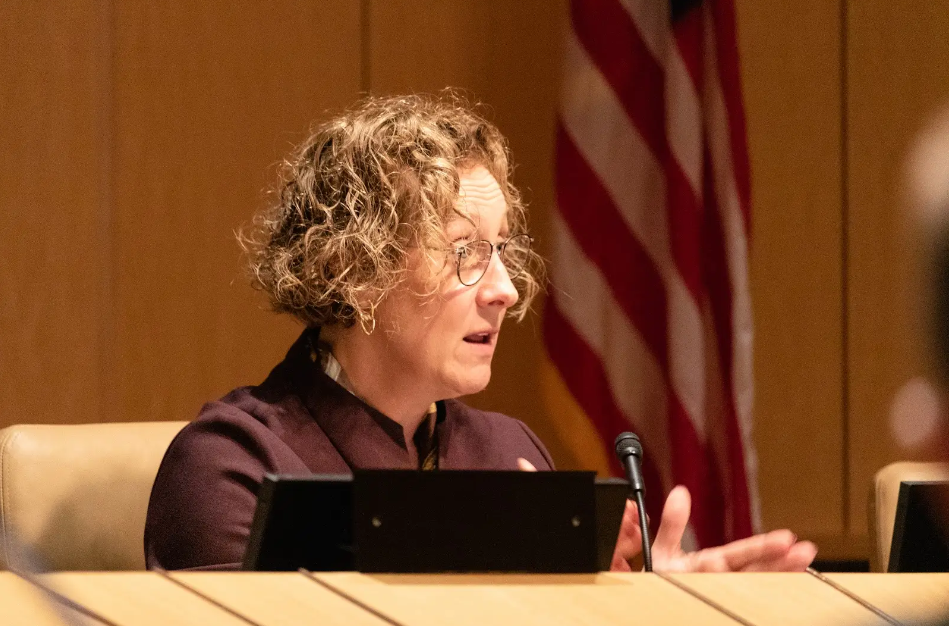A recent study co-authored by a University of Minnesota researcher identified a way to save thousands of species from extinction, but researchers are struggling to convince people to protect the land.
Published June 24, the study marked 16,825 unprotected sites around the world that harbor rare and threatened species, called Conservation Imperative sites, as specific conservation areas for the first time, according to study co-author and University Research Associate Anup Joshi.
The Conservation Imperative sites span approximately 1.2% of the Earth’s surface, almost the size of Australia, and if protected, would benefit Earth’s biodiversity and climate, according to the study.
A previous study published in 2020 identified areas of land that require protection and served as a blueprint for Conservation Imperatives.
Joshi said he did spatial data analysis for the new study using University resources to pinpoint the hotspots that need protection.
Eric Dinerstein, lead author of the study, said implementing protections at Conservation Imperative sites would not stop the sixth-largest mass extinction on Earth, but it would go a long way. The first five mass extinction events occurred before humans were contributing, and were caused by events such as volcanic eruptions.
“Species go extinct all the time and they have in the history of life on Earth, but we’ve greatly accelerated that rate,” Dinerstein said. “It’s not our right to do that. We should be conserving species rather than driving them to extinction.”
The researchers are prioritizing protections in the ten countries with the highest concentration of Conservation Imperative sites, Joshi said. Approximately 88% of all Conservation Imperative sites are found in only 30 countries — the Philippines, Brazil and Indonesia are the top three, containing 49.9% of the total sites.
Scientists are working with philanthropic organizations, governments and non-governmental organizations to protect the land, Joshi said.
About 38% of the Conservation Imperative sites are already within 1.5 miles of existing protected areas, and in those cases, the government needs to change policy to expand to those areas, Joshi said. According to the study, adjacency to protected sites would reduce land acquisition and management costs.
Biodiversity and Climate Change Issues Go Hand in Hand
Dinerstein said the Earth’s climate cannot be stabilized without protecting biodiversity and vice versa. Climate change issues have been popularized more than biodiversity, but species extinction and climate change are twin crises, Dinerstein said.
Approximately 75% of the Conservation Imperative sites are in tropical moist forests, which draw four times the amount of carbon than temperate forests, like in Minnesota, Dinerstein said. Protecting the areas would not only benefit biodiversity and animal species but also reduce climate change.
President of the UMN Fisheries, Wildlife and Conservation Biology Club Henry Parks read the study’s results and said he wants conservation efforts to prioritize biodiversity.
Parks said there has been a lot of progress in the conservation of charismatic species, like elephants, tigers or lions. However, he said he would love to see a shift away from charismatic species in the coming decades and build a more inclusive plan for biodiversity conservation with different species.
“There’s been a lot of really great work and progress made in those areas for those charismatic species,” Parks said. “But where conservation really struggles is outside of that realm.”
The International Union for Conservation of Nature’s (IUCN) Red List of Threatened Species is the world’s most comprehensive source for information on the global conservation status of species.
According to the IUCN Red List, more than 45,000 species are currently threatened with extinction, which goes far beyond charismatic species.
People donating money tend to vouch for charismatic species to gain support, but biodiversity should not be valued by how much people are willing to spend on well-known species, Parks said.
Instead, Parks said it would be helpful if people considered ways to make conservation efforts more inclusive and prevent mass extinctions of lesser-known species.
Urging People in Power to Take Action
Dinerstein said political action is one of the largest obstacles to change.
If the younger generation were in charge, these climate change and biodiversity problems would likely be solved, Dinerstein said.
“The real challenge is older people who see short-term expedient gains instead of the long-term,” Dinerstein said.
According to Dinerstein, building and manufacturing new technologies to monitor species keeps him sane because it is concrete work, unlike the political side of his conservation efforts.
“If the political will is there, the funding won’t be a problem,” Dinerstein said. “There’s money out there, it just has to get directed to the right places by people who make decisions.”
Parks said the University’s Fisheries, Wildlife and Conservation Biology program has become more conservation-focused in his time there. It focuses less on objectives, like managing the deer population to make hunters happy, and more on bringing together different agencies and collaborations to approach conservation holistically.
Students in the UMN Fisheries, Wildlife and Conservation Biology Club have opportunities to build connections with the Department of Natural Resources, biologists or local groups with global conservation strategies, Parks said. This is one way to start implementing change at a smaller level.
“You’re putting one scientific paper up to be the basis for dispersing billions of dollars and nobody in the political sphere is going to take that paper and use its findings as the authors really see fit,” Parks said.
Parks said change in the culture around which species deserve conservation will take time.
“Unfortunately, managing for conservation is just managing people, and it’s managing politics, especially when you’re talking about buying large areas of land and organizing these groups together,” Parks said.
Joshi said everything takes time, but he is optimistic that progress will be made using the information from the study.



















